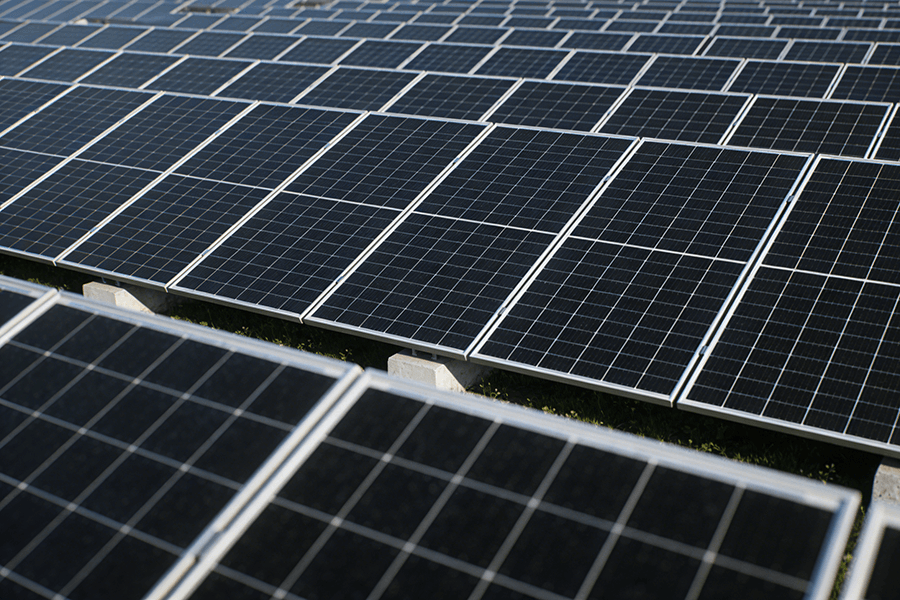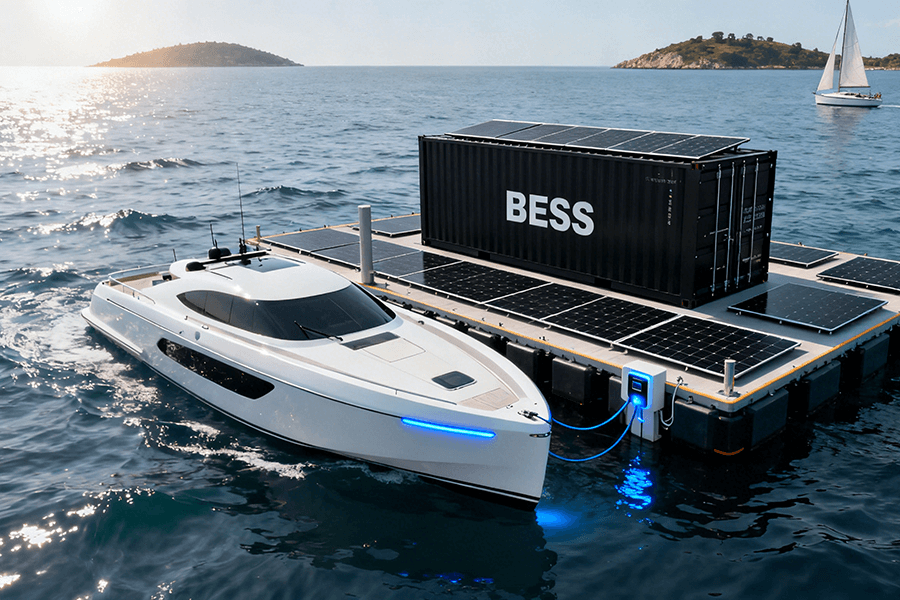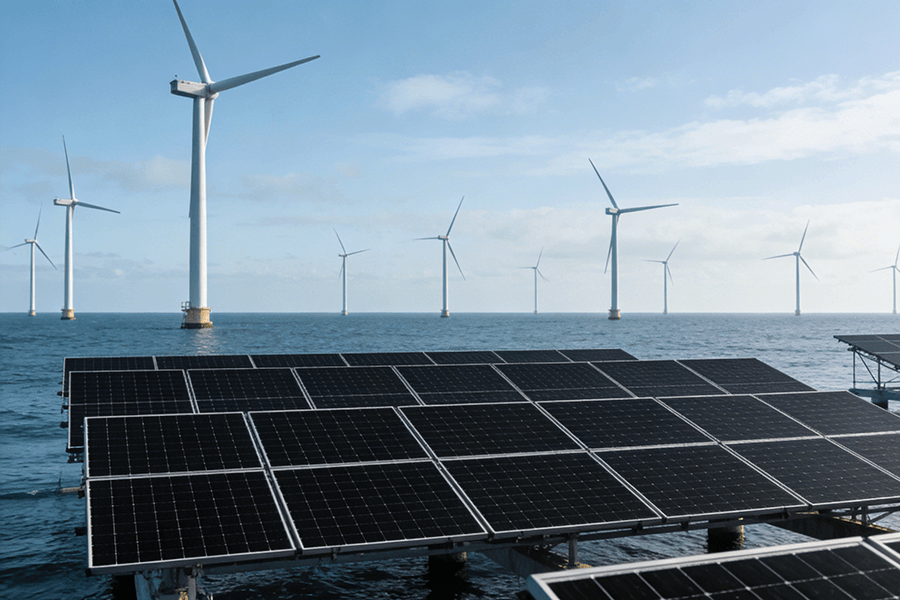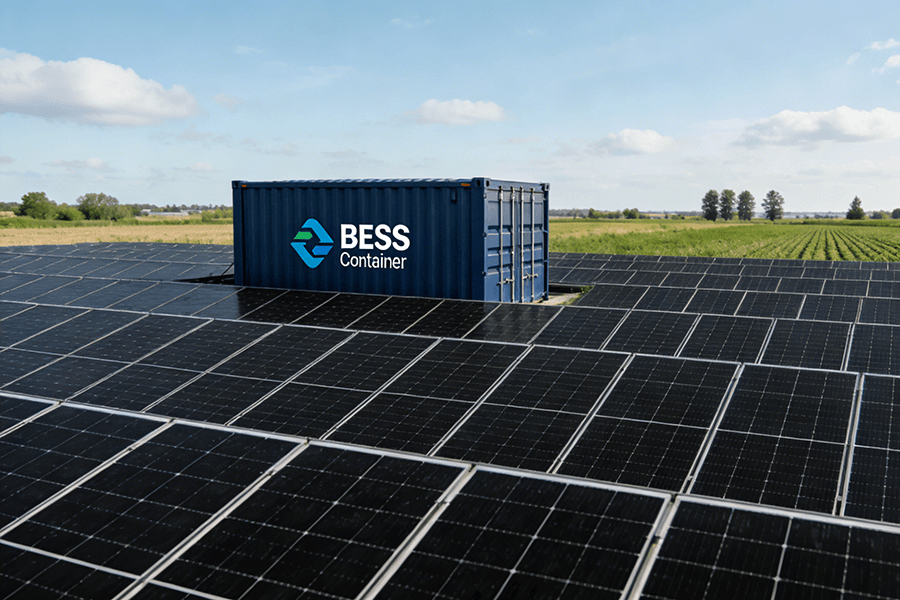The common off-grid type of energy storage system is the backup power supply system (UPS), which is widely used in areas with frequent power outages and unstable power grids, or the grid power supply guarantee rate requires higher loads. Its core component is a charging inverter with dual functions of charging and inverter. When the mains is normal, the charging inverter can directly connect the mains power supply to the load, and at the same time convert the alternating current into direct current and charge the battery, and ensure that the battery automatically stops charging after sufficient power, when the power grid is cut off, the charging inverter will automatically cut off the connection between the mains and the load, and start the inverter instantaneously. Instead, the battery provides power to the load through the inverter.
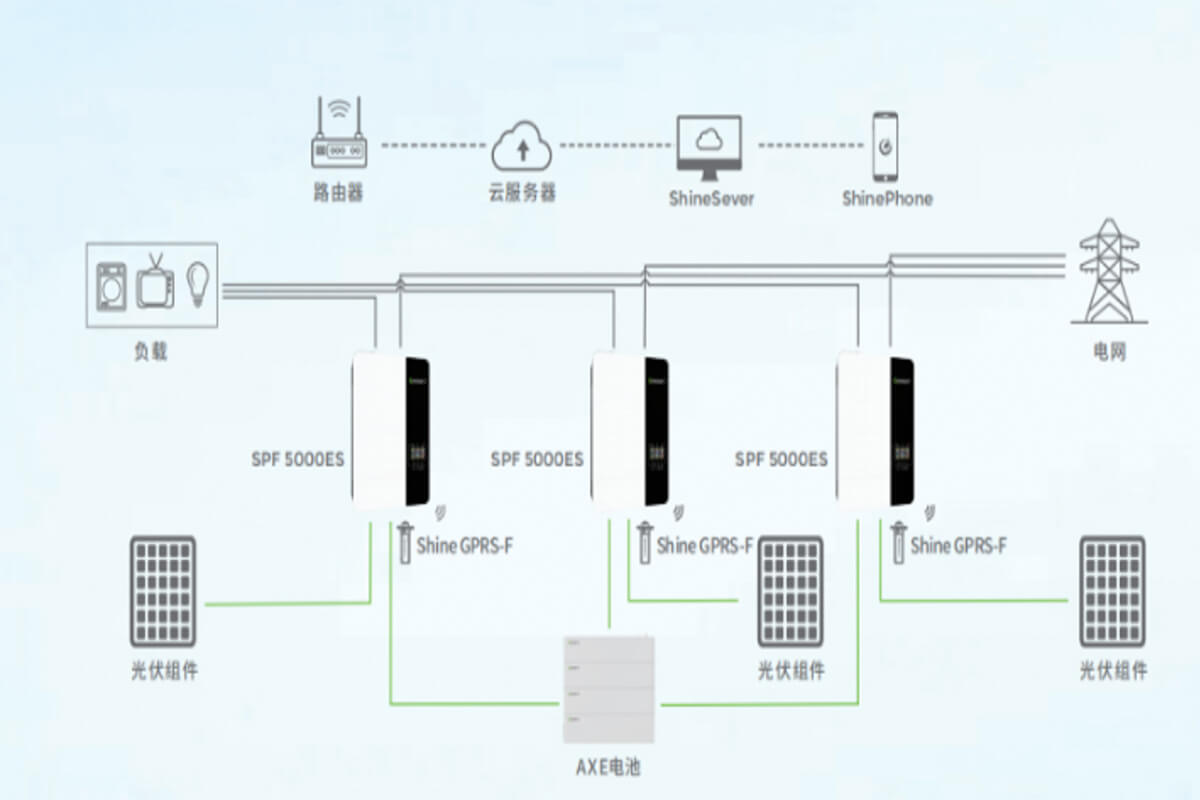
1. Leave enough margin for the inverter
Usually off-grid photovoltaic power generation is for the specific load of the power system, in the design process should calculate and check the rated power of the load access system, according to the total power of the load to determine the output power of the inverter used, fully consider some special load at the start of the need for inrush current and starting power, reactive power may affect the inverter and demand. Leave enough margin for the inverter. Once the capacity of the inverter is determined, the capacity of the load cannot be expanded or increased at will, so the off-grid photovoltaic power generation system should leave enough margin for the inverter.
2. Fully consider the matching of various loads and inverters
Off-grid photovoltaic power generation system should fully consider the matching of various loads and inverters, especially the load in the network if there are inductive loads such as washing machines, refrigerators, air conditioners and other motors, it is necessary to select and equipped with sine wave or quasi-sine wave inverters to meet the needs of inductive loads on the output waveform of the inverter.
3. Calculate the average working time and electricity consumption of each load per day
Based on customer demand, the capacity of photovoltaic array and battery capacity are designed to meet the needs of users and control the overall investment cost.
4. The solar radiation in the worst month of the year is used as the design basis
Off-grid systems to ensure the least amount of radiation in the month, the photovoltaic system can still guarantee power supply (usually the worst month of the year is in winter. This is different from grid-connected systems, which are designed based on total annual solar radiation.) Therefore, off-grid photovoltaic power generation systems usually design the inclination of the photovoltaic array according to the best inclination of the worst month. In other words, the array inclination Angle of the off-grid photovoltaic power generation system is usually 2° ~ 8° larger than the local geographical latitude Angle, to take into account the weak solar radiation in winter.
5. Pv array capacity Qp can be calculated by the following formula

Pi: load power
hi: Load working hours
H: Worst month solar radiation daily peak hours
ηb: battery charging and discharging efficiency
ηc: controller efficiency
ηi: Inverter efficiency
6. Battery capacity Qb can be calculated by the following formula

Qb = (Ah)
D: Battery storage days
A: Battery discharge depth
If you want to customize your own photovoltaic solution today, please contact us.

